


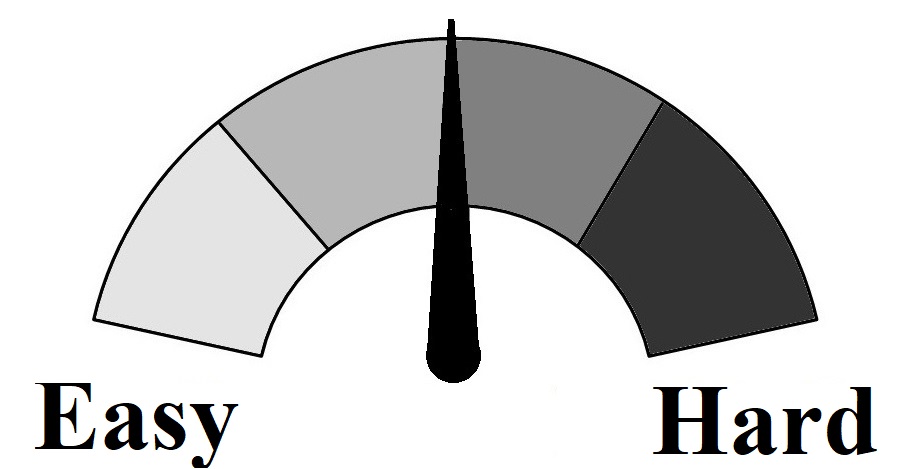



Fig. 1: Cersei Lannister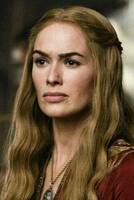
chance of death:
9% sentenced for incest - ©HBO
You might note that we always start our articles the same way, but we insist: screenwriters aim to either appeal or disrupt. Therefore, TV shows tell us something about society and its expectations. Now, bodies are everywhere in Game of Thrones. But what are we being shown? Only statistics can allow us to break free from shocking or titillating images.
Game of Thrones depicts a fantasized version of the Middle Ages. And it was "inappropriate for a woman to go to fight or to rule" [SourceJ. de Cessoles, (XIVème s.) "Jeu des échecs moralisés".].
Therefore, isn’t it normal for the show’s universe, which depicts fights and power plays, to be male? There are 3 times more male characters! They are 5 times more likely to fight and twice as likely to play a political role. When you know these are also factors of mortality, this doesn’t sound quite as lucky…
Therefore, isn’t it normal for the show’s universe, which depicts fights and power plays, to be male? There are 3 times more male characters! They are 5 times more likely to fight and twice as likely to play a political role. When you know these are also factors of mortality, this doesn’t sound quite as lucky… 1 “political woman” out of 4 is only so through marriage (in season 1, Cersei, Daenerys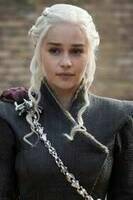
chance of death:
16% and Catelyn Stark
chance of death:
91% are all “wives to”). This isn’t the case for any of the male characters, even though Jorah
chance of death:
1% would do anything for Dany.
Thus female characters are less visible. Moreover, while the male bodies are used for domination, female bodies are submissive (we’re talking about statistic norm here, not the few heroines standing out!).
Indeed, female characters have a lower social rank. The female body is to be owned in Game of Thrones as 1 in 4 female characters is subservient (servant to a lord, prostitute working for or being owned by a pimp, slave to a master…) against 2% of male characters. This is a case of objectification. And finally, women are often victims to sexual violence.
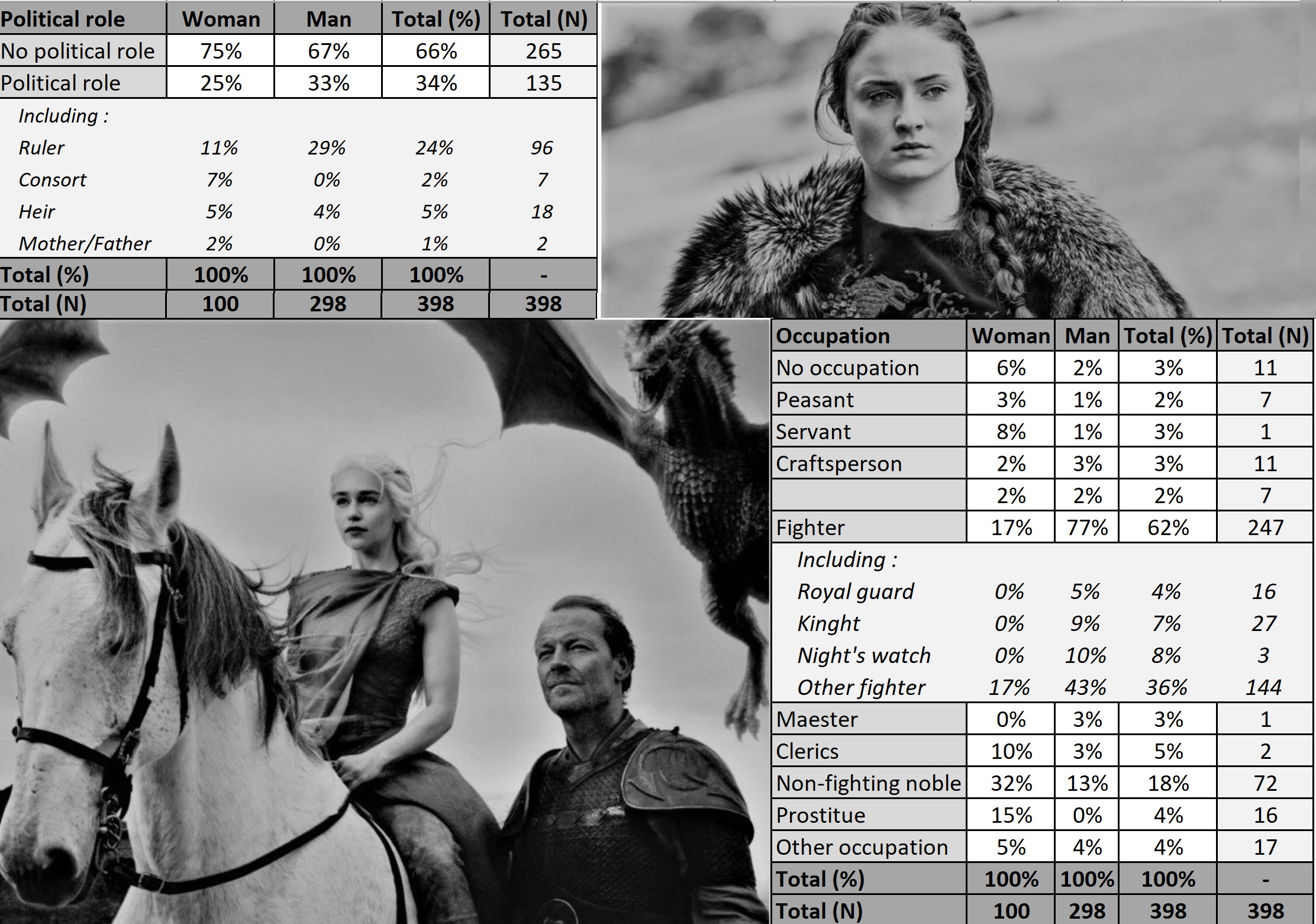
Fig. 2: Women as subservient characters - ©HBO
After watching the show, we have made the hypothesis that the body influences probability of dying (fighting brings to dying, so why wouldn’t other practices of behaviors?). Here is a quick overview of qualitative observations and statistic elements:
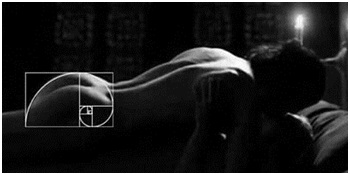
Fig. 3: Butts and golden spirals: the reasons of perfection - ©HBO

Fig. 3: Butts and golden spirals: the reasons of perfection - ©HBO
Women are also objects of desire. Half of female characters are 25,5 years old or younger, against 32,5 years old for their male counterparts. They are younger, and their bodies are also shown more: 26% of the actresses appear naked at least once (only 11% of actors, but Jon Snow
chance of death:
2%’s perfect butt makes up for it... [2]Mymy, (2017) "Le bouli de Jon Snow est 100% authentique, car le monde est beau". In: Madmoizelle.) - Fig. 3.
Women are the exclusive victims to sexual violence (except for Theon
chance of death:
18%). The story of Cersei being raped by Robert breaks the myth of Westeros’s liberator. Jaime
chance of death:
1% raping his sister in a sanctum and by their son’s (and nephew’s) body, throws all ethics out the window. Daenerys’s rape during her wedding night reveals her brother’s treason by selling her (Khal Drogo
chance of death:
98% will later try to make up for it). Sansa
chance of death:
12%’s rape by Ramsay
chance of death:
96% is an act of war against the Starks. Being a woman in Westeros is unsafe indeed.
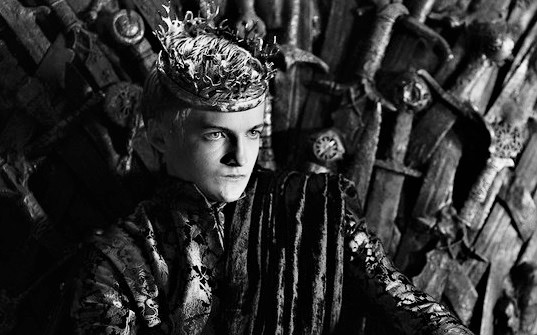
Fig. 4: Admit it, you loved every second of it when Joffrey
chance of death:
90% died - ©HBO

Fig. 4: Admit it, you loved every second of it when Joffrey died- ©HBO
Characters whose sexual practices are considered deviant in the show (to clarify, we’re not the ones calling them deviant! That would be normative and not very constructive) appear to have a shorter lifespan. These practices are severely repressed in the show. Against all odds, could there be some morality working to punish sadists? Indeed, compared to a character whose sexuality is considered normal, a character with practices considered deviant is 3 times as likely to die rather than not. It can also be noted that sexually deviant characters are 4 times more unpopular.
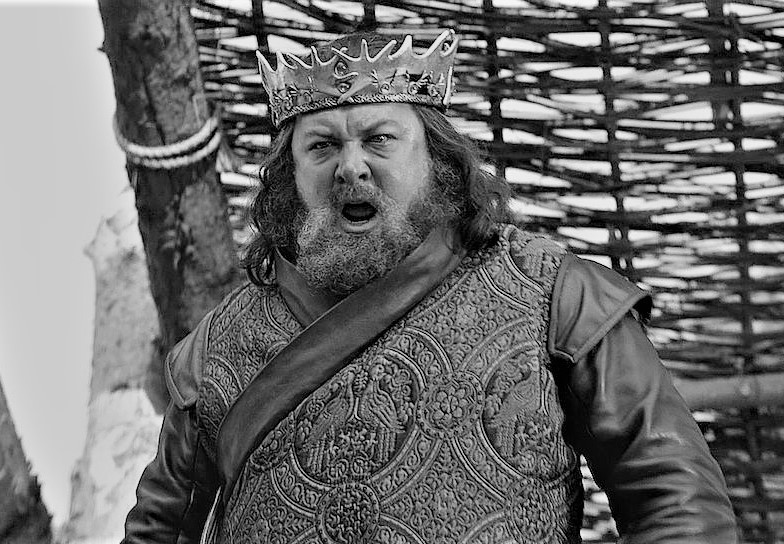
Fig. 5: Everyone take shelter, Robert
chance of death:
99% is getting mad! - ©HBO

Fig. 5: Everyone take shelter, Robert is getting mad! - ©HBO
Could Game of Thrones be discriminating against overweight people (5) ? One thing’s for sure, we don’t want to have Samwell Tarly
chance of death:
19%’s courage (before his role evolves), Mace Tyrell
chance of death:
92%’s intellect, Xaro Xhoan Daxos
chance of death:
93%’s integrity or Rast
chance of death:
97%’s manners… Robert Baratheon, though he’s supposed to be the worthy warrior who freed Westeros from the Mad King’s tyranny, is depicted as an impotent drunkard prone to anger. With a risk of 7%, we can say (all things being equal) that a character corpulent above average dies more than a character of average corpulence. He would even be 2 times likelier to die rather than not.
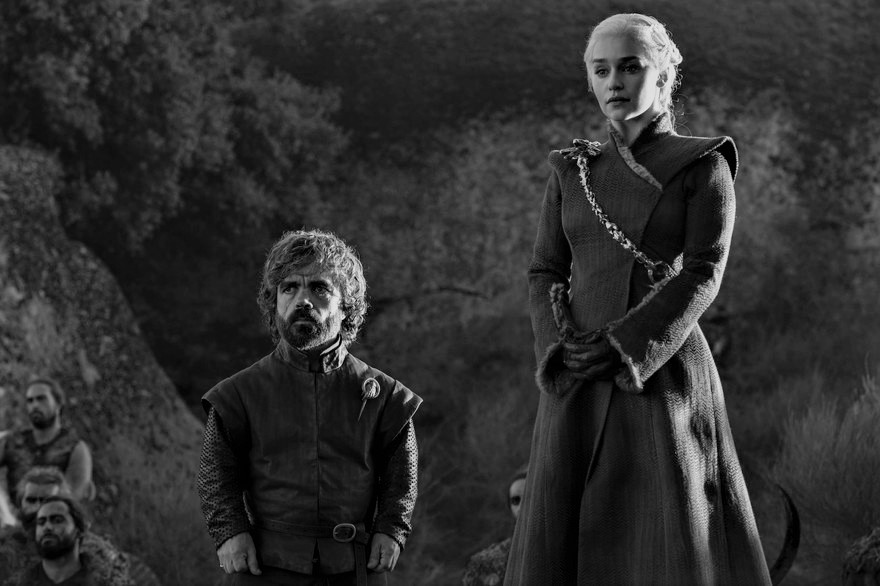
Fig. 6: Tyrion
chance of death:
1% the dwarf, alone but alive… for now - ©HBO

Fig. 6: Tyrion the dwarf, alone but alive… for now - ©HBO
The show is full of characters with visible disabilities. These characters straying from your “average Andal” are largely exposed to stigmatization. This paints a dark picture but stigma, the visible trace of disability, can also be a strength! Like the old man’s cane can hit the snickering kid. The mark of stigma doesn’t doom individuals to suffer their conditions, but rather allows for emancipation. If we accept a risk of 6% we can say (all things being equal) that a disabled person (not counting bastards) is less likely to die: he is even 3 times less likely not to die rather than die, compared to an abled person.
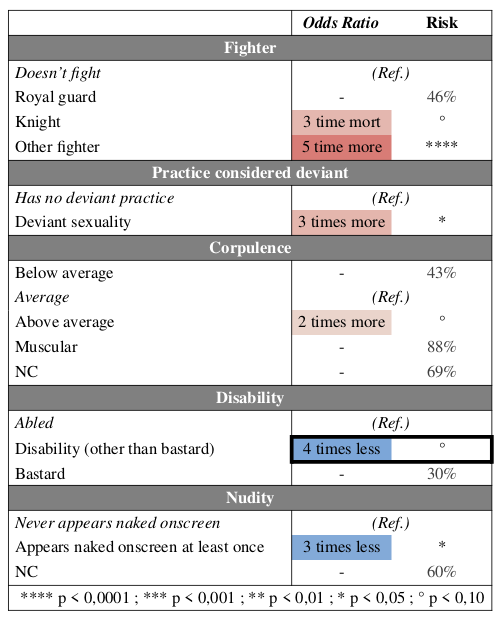
Reading (type 3, fighter): All things being equal (allegiance, nobility, cohort, number of episodes appeared in and average screen time per episode appeared in), a disabled person (other than bastard) dies less than a person without a disability. The risk taken in this statement is below 10%! Compared to a character without disability, a disabled character (other than bastard) is 4 times less likely to die than not to.
Fig. 7: Body in front of death
We have thus shown that when it comes to bodies, Game of Thrones idolizes masculinity and supposed normality (why supposed? Are skinny hairless bodies normal to you?). Female characters are often subservient and don’t have access to higher functions (yes, we know: Cersei and Daenerys bla bla bla… but they only represent 2% of female characters!). Those who stray from supposed normality are exposed to a death quicker (see the lifetests; we’re running out of space) and more frequent (see overweight and so-called deviant characters). But beware the turning of the stigma! Will Daenerys Targaryen and Cersei Lannister succeed in changing the rules of a masculine world?
To be continued! In 2019…Alanito (2013). "Thin Privilege is not thinking every fat “Game of Thrones character is horrible". In: Imgur
Borde, A. (2013). ""Game of Thrones": pourquoi un tel succès ?". In: Le Point. [Online]: http://www.lepoint.fr/culture/game-of-thrones-pourquoi-un-tel-succes-20-08-2013-1715593_3.php,
Moïsi, D. (2017). "Ce que les séries nous enseignent sur la marche du monde". In: Les Echos. [Online]: https://www.lesechos.fr/17/02/2016/lesechos.fr/021702711591_ce-que-les-series-nous-enseignent-sur-la-marche-du-monde.htm
Sérisier, P. (2015). "“Game of Thrones”: La justice au cœur de la série". In: Le Monde. [Online]: http://seriestv.blog.lemonde.fr/2015/04/13/game-of-thrones-la-justice-au-cœur-de-la-saga/,
(2016) "Les séries télévisées reflètent une évolution de la réalité". In: Europe 1. [Online]: http://www.europe1.fr/societe/les-series-televisees-refletent-une-evolution-de-la-realite-2727040
"Game of Thrones: stigmate, émancipation, la leçon sociologique de Tyrion Lannister – Blabla #11". In: Osons causer.. [Online]: http://osonscauser.com/game-of-thrones-stigmate-emancipation-la-lecon-sociologique-de-tyrion-lannister/
Brossat, T. et Delavier, L. (2014). "“Game of Thrones”: violence, sexe et Moyen-Âge". In: Esprit, n°8, p. 240. [Online]: https://www.cairn-int.info/article-E_ESPRI_1408_0217--game-of-thrones-violence-and-sex-in.htm,
Cesbron, M. (2016). "Pourquoi Game of Thrones est un cas clinique ". In: Le Point Pop. [Online]: http://www.lepoint.fr/pop-culture/series/pourquoi-game-of-thrones-est-un-cas-clinique-17-05-2016-2039830_2957.php
Crastor, H. (2014). "“Game of Thrones”. La périlleuse condition féminine à Westeros". In: Courrier International. [Online]: https://www.courrierinternational.com/article/2014/04/04/la-perilleuse-condition-feminine-a-westeros
Delporte, C. (2017). "”Game of Thrones”: pourquoi ça fonctionne encore ?". In: Les Echoc. [Online]: https://www.lesechos.fr/13/07/2017/LesEchosWeekEnd/00085-013-ECWE_-game-of-thrones---pourquoi-ca-fonctionne-encore.htm
Jones, R. (2012). "À Game of Genders: Comparing Depictions of Empowered Women between À “Game of Thrones” Novel and Television Series". In: Journal of Student Research, Volume 1, Issue 3: pp. 14-21
Langlais, P. (2017). "“Game of Thrones”, le succès en dix leçons". In: Télérama. [Online]: http://www.telerama.fr/series-tv/game-of-thrones-le-succes-en-dix-lecons,160044.php
Lyon, C. (2015). "Game of Thrones. Pour en finir avec la femme objet". In Courrier International. [Online]: https://www.courrierinternational.com/article/game-thrones-pour-en-finir-avec-la-femme-objet